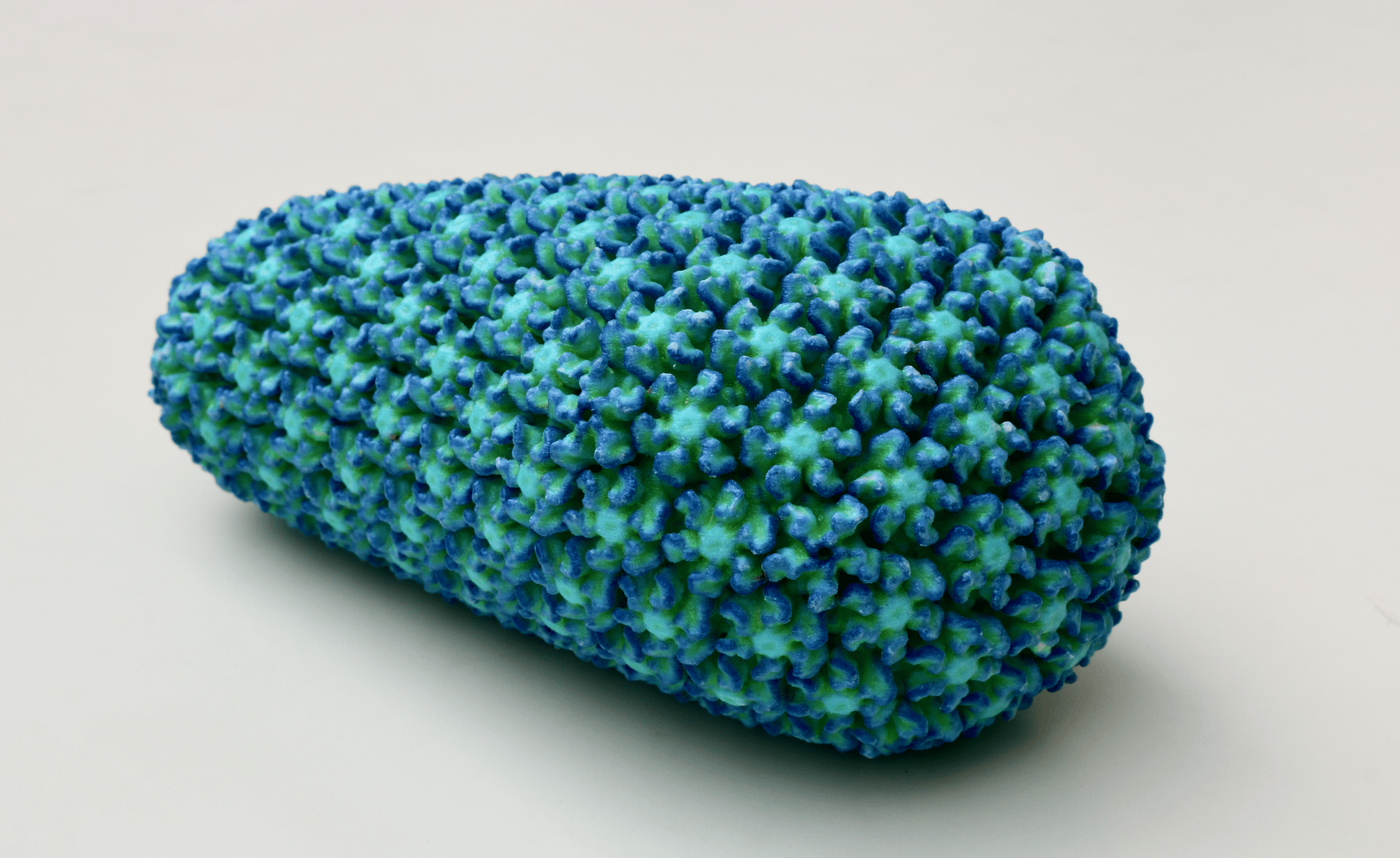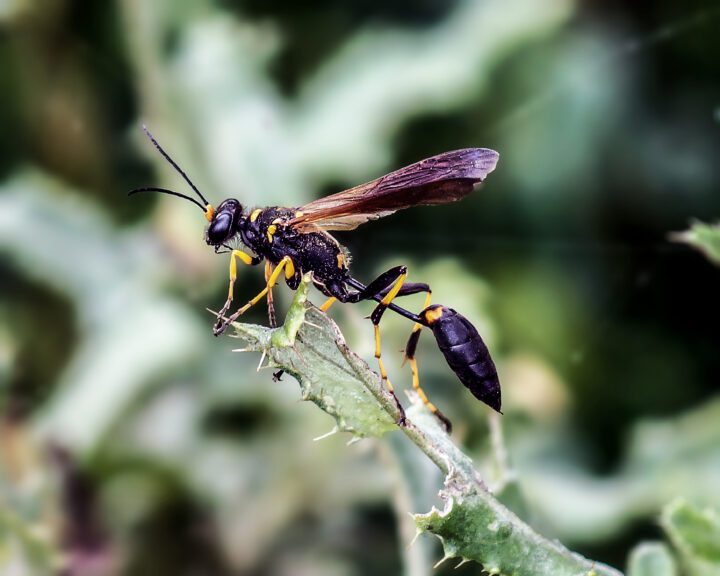Capsids, the containers housing viral DNA, are stable, self-assembling structures because they rely on the net strength afforded by a combination of weak attractive or repulsive forces arising from the relative position of proteins making up the container
Viruses are essentially mobile DNA containers that implicate themselves into living cells by usurping the cell’s reproductive machinery to reproduce their own DNA. Viral DNA is housed in protective nano-scale containers, called capsids, that self-assemble within the host cell. These resilient proteinaceous packets self-assemble in response to a variety of weak forces that, in concert, provide the capsid with a great deal of stability. The weak forces at work include attraction or repulsion between electrostatic charges, water solubility, and constituent structures in various parts of the capsid.
Watch Video of Virus Self-Assembling (5:31 min)






